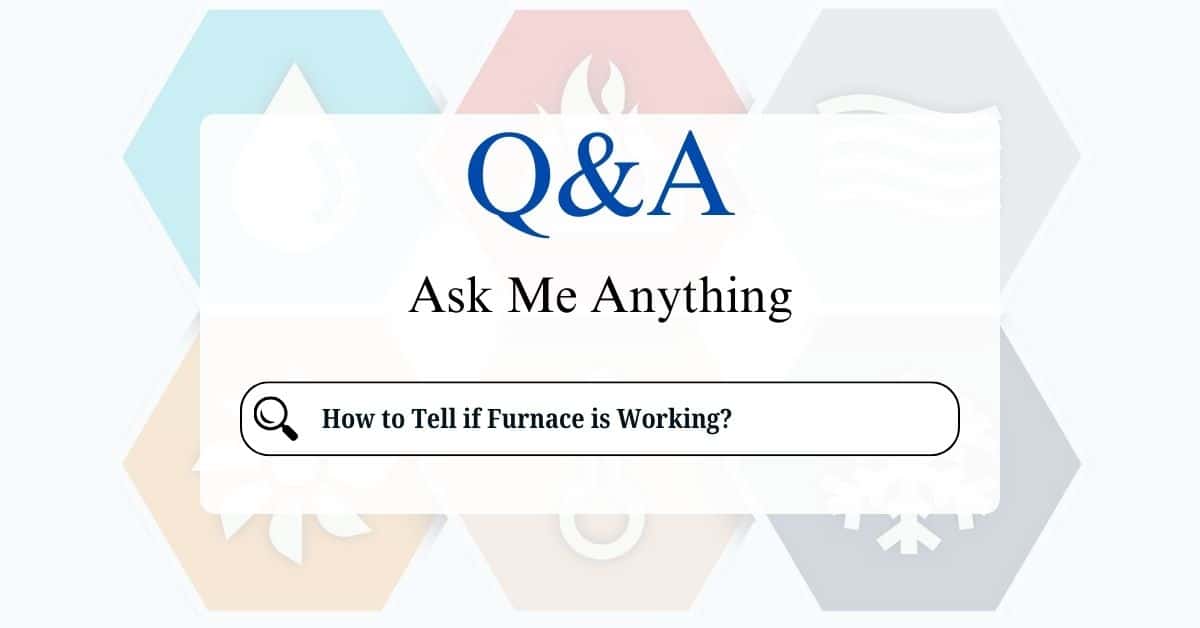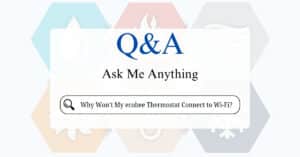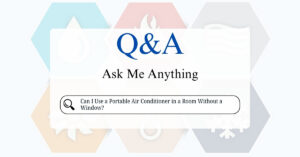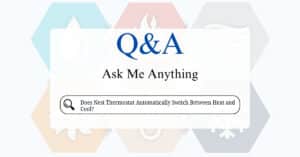When the weather turns chilly, your furnace becomes the unsung hero of your home, keeping everyone warm and cozy. But what happens if it doesn’t seem to be working as it should? Knowing how to tell if your furnace is functioning properly can save you from chilly nights, expensive repairs, and unnecessary stress. Here’s a guide to help you figure out if your furnace is running smoothly and what to do if it’s not.
Step 1: Check the Thermostat
Your thermostat is like the command center for your furnace. If your home isn’t warming up, the issue might not be the furnace itself but the thermostat.
Here’s what to do:
- Ensure it’s set to “Heat”: It might seem obvious, but sometimes the thermostat is accidentally left on “Cool” or “Off.”
- Set the temperature higher: Increase the setting by a few degrees above the current room temperature. Listen for a click or hum, indicating the furnace is kicking on.
- Check the batteries: Many thermostats run on batteries, and dead batteries can prevent the furnace from turning on.
If your thermostat seems fine, but the house is still cold, it’s time to investigate further.
Step 2: Listen for Furnace Activity
When your furnace is running, you’ll typically hear:
- A low hum or whirring noise when the motor starts up.
- The sound of air being pushed through the ducts.
If you hear nothing at all, your furnace may not be turning on. On the flip side, loud banging, rattling, or screeching noises can signal a problem, such as a loose component or a worn-out blower motor.
Step 3: Feel for Warm Air
Place your hand near one of your home’s vents to check if warm air is flowing out. If the air is cold or the airflow feels weak, there could be an issue with the blower motor, a clogged air filter, or the ductwork.
Step 4: Check the Pilot Light or Ignition System
Older furnaces rely on a pilot light to ignite the burners, while newer models often use an electronic ignition system. If you have a pilot light, it should be a steady blue flame. If it’s flickering, yellow, or out completely, your furnace won’t work properly.
For furnaces with electronic ignition, listen for a clicking sound when the furnace attempts to ignite. If there’s no click, the ignition system might need professional attention.
Step 5: Inspect the Air Filter
A dirty air filter can block airflow, causing your furnace to overheat and shut down. Pull out the filter and check its condition:
- If it’s covered in dust and debris, it’s time to replace it.
- For optimal performance, replace filters every 1-3 months, depending on usage and the type of filter.
Step 6: Look at the Furnace’s Power and Gas Supply
Sometimes, the simplest issues cause the biggest headaches. Ensure:
- The furnace’s power switch is in the “On” position.
- The circuit breaker hasn’t tripped.
- The gas valve is open (if your furnace uses gas).
If you’re not comfortable checking the gas supply, call a professional technician for assistance.
Step 7: Examine the Furnace’s Exterior
A quick visual inspection of your furnace can reveal potential issues:
- Burn marks or discoloration: This could indicate overheating.
- Unusual smells: A burning smell might mean the furnace is dusty, but a rotten egg smell could indicate a gas leak. If you smell gas, turn off the furnace immediately, evacuate your home, and call your gas company.
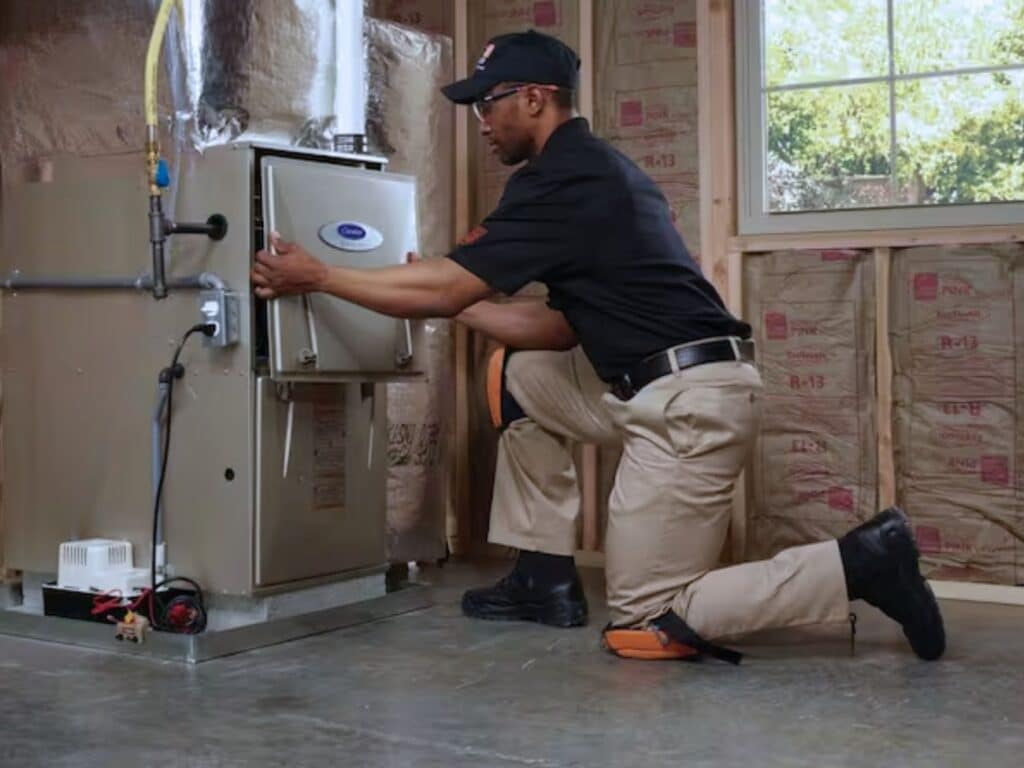
Step 8: Monitor Your Energy Bills
If your furnace seems to be working harder than usual to heat your home, it will show up in your energy bills. A sudden spike in costs might mean the furnace isn’t operating efficiently due to age, a clogged filter, or other issues.
Sometimes, despite your best efforts, it’s best to bring in the experts. Call an HVAC technician if:
- Your furnace won’t turn on at all.
- You’re hearing strange or loud noises.
- The pilot light won’t stay lit.
- There’s no warm air, even after you’ve checked everything.
- You suspect a gas leak.
The best way to ensure your furnace works when you need it most is to keep it well-maintained. Here are a few tips:
- Schedule annual tune-ups with a professional technician.
- Replace air filters regularly.
- Keep the area around your furnace clear of clutter.
- Test your thermostat and furnace before the cold season begins.
Your furnace is an essential part of your home’s comfort system, especially during the colder months. By following these steps, you can ensure it’s working properly or quickly identify when it’s time to call in a pro. Remember, a little attention to your furnace now can save you from bigger headaches later. Stay warm and cozy this season!
